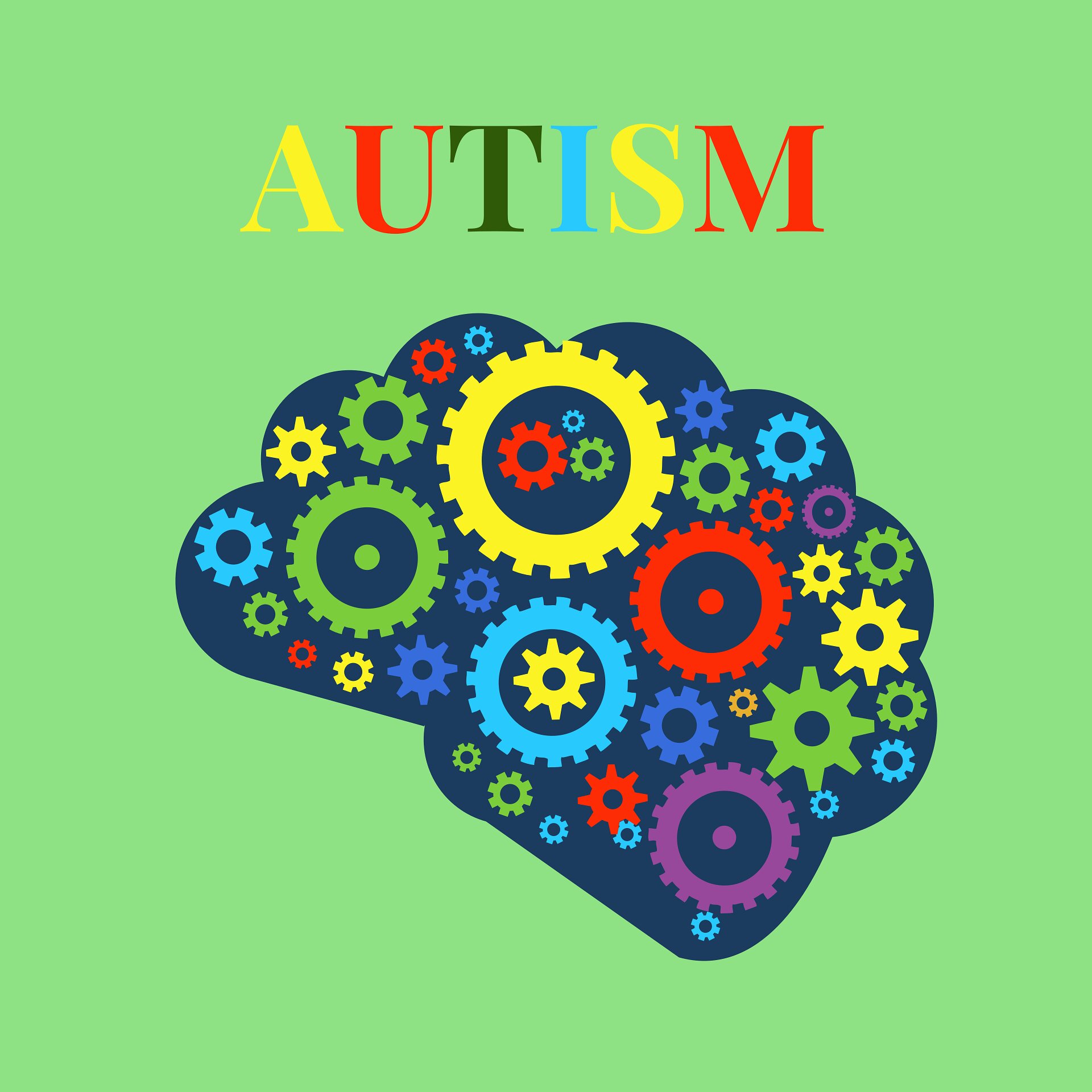The Impact of Early Intervention on Kids with Autism: What Moms And Dads Required to Know
The Impact of Early Intervention on Kids with Autism: What Moms And Dads Required to Know
Blog Article
Exploring Autism: Techniques for Effective Interaction and Interaction
Efficient communication and communication with individuals on the autism spectrum require a detailed understanding of their special demands and choices. The ins and outs of these approaches disclose more factors to consider that merit expedition, especially in exactly how they can be adjusted to varied contexts and individual experiences.
Comprehending Autism Spectrum Disorder
Autism Range Disorder (ASD) incorporates a variety of neurodevelopmental conditions defined by difficulties in social communication, communication, and recurring habits. The term "range" reflects the diverse symptoms and varying degrees of severity experienced by individuals with ASD. While some may exhibit considerable impairments, others might present high-functioning characteristics, enabling better self-reliance in day-to-day live.
The onset of ASD normally occurs in very early childhood, with indicators usually well-known by age 2. Early indicators may consist of postponed speech growth, restricted eye contact, and difficulties in recognizing social cues. The specific etiology of ASD remains uncertain, research study recommends a mix of hereditary and ecological elements plays a crucial function in its growth.
Individuals with ASD typically have one-of-a-kind toughness, such as increased focus to information and exceptional memory skills. They might struggle with recognizing abstract ideas and taking care of modifications to regular - autism. Therefore, interventions and assistance tailored to private demands are essential for fostering interaction and social abilities. Acknowledging the intricacy of ASD is important for advertising awareness, acceptance, and efficient methods that help with purposeful interactions with individuals on the range.

Relevance of Clear Communication
Reliable interaction is crucial for cultivating understanding and connection, especially for individuals with Autism Range Condition (ASD) Clear communication not only assists in social communications but likewise enhances the individual's ability to share their thoughts, needs, and emotions. For individuals with ASD, the subtleties of language can usually be testing; as a result, making use of distinct and straightforward language is necessary.
Additionally, clear communication helps in reducing stress and stress and anxiety that might develop from misunderstandings. When messages are shared in a straight and regular fashion, people with ASD are much better furnished to translate details properly, which can significantly enhance their social interaction and participation in different setups.
Developing regimens and utilizing visual assistances can further strengthen clear communication. These techniques give individuals with foreseeable frameworks that help understanding and retention of info. In addition, proactively being and listening individual during interactions advertises a helpful environment where people with ASD really feel valued and recognized.
Inevitably, focusing on clear interaction not only encourages people with ASD yet additionally cultivates more purposeful links with their peers, caretakers, and the broader area, paving the method for joint relationships and inclusive interactions. - autism
Non-Verbal Interaction Methods
Communication extends beyond words, and for individuals with Autism Range Condition (ASD), non-verbal cues play a substantial role in interactions. Non-verbal communication methods can include face expressions, motions, body language, and eye get in touch with, all of which work as essential elements for conveying objectives and feelings.
Comprehending and translating these non-verbal signals can boost interactions with people with ASD. A warm smile or open position can develop an inviting environment, motivating interaction. Using visual aids-- such as photo cards or symbols-- can bridge interaction gaps and assist communicate messages extra effectively.
It is additionally vital to be mindful of individual room, as people with ASD may have you can check here different convenience degrees pertaining to distance. Observing their responses to physical nearness can notify suitable adjustments.

Developing Encouraging Environments
Creating a supportive setting is critical for fostering favorable interactions and improving the wellness of individuals with Autism Range Condition (ASD) Such environments can dramatically minimize anxiety and produce a sense of safety, enabling people to share themselves extra freely.
To achieve this, it is important to think about sensory sensitivities that people with ASD might experience. Customizing the physical space to consist of soft illumination, minimal history noise, and comfy seating can develop a soothing atmosphere. In addition, using consistent regimens and clear aesthetic schedules can assist people anticipate changes and lower uncertainty, further advertising comfort.
Social areas need to be structured to lessen frustrating stimuli while providing chances for engagement in preferred activities. Facilitating locations designated for quiet time can also function as a refuge during minutes of tension. Significantly, integrating elements of option empowers people, permitting them to exercise agency in their atmosphere.

Urging Social Communications
Fostering social communications among individuals with Autism Spectrum Condition (ASD) calls for deliberate methods that prioritize convenience and interaction. Developing predictable regimens can aid lower anxiety, making social setups much more friendly. Creating organized atmospheres with defined duties and roles permits people to involve without the overwhelming pressure of disorganized social characteristics.
Integrating passions and toughness into social activities can offer as a driver for interaction. Organizing team activities around shared hobbies or subjects of attraction can help with all-natural conversations and connections. Furthermore, using aesthetic assistances, such as photographic schedules or social manuscripts, can assist in recognizing social cues and assumptions.
Modeling suitable social actions is critical - autism. Grownups and peers should demonstrate efficient communication techniques, including energetic listening and turn-taking. Role-playing scenarios can also supply a risk-free room for individuals to practice these abilities
Last but not least, promoting peer relationships via inclusive practices is necessary. Urging inclusive playdates or team getaways can develop chances for socializing in a comfy setting. By implementing these approaches, caregivers and instructors can significantly enhance social interactions for people with ASD, you can try here promoting their overall social growth and health.
Conclusion
Finally, effective interaction and interaction strategies are vital for supporting people with Autism Range Problem. Highlighting clear why not try here language, integrating non-verbal cues, and developing foreseeable regimens considerably boost interaction and lower anxiety. Producing encouraging atmospheres cultivates safe social communications, while motivating shared interests helps with purposeful links. Eventually, these methods empower people with autism to navigate social landscapes, promoting their general health and making it possible for the advancement of long lasting partnerships.
Effective interaction and communication with individuals on the autism range demand a thorough understanding of their one-of-a-kind requirements and preferences. Clear communication not just facilitates social interactions but also boosts the person's ability to share their needs, thoughts, and feelings.Fostering social interactions amongst people with Autism Range Problem (ASD) needs intentional strategies that focus on convenience and interaction. By executing these caregivers, approaches and teachers can substantially improve social interactions for people with ASD, promoting their total social development and well-being.
In conclusion, reliable communication and interaction methods are essential for supporting individuals with Autism Spectrum Disorder.
Report this page